Thousands of devotees throngs to Polali to see Brahmakalashotsava festival
1:47 PM, Tuesday, March 12th, 2019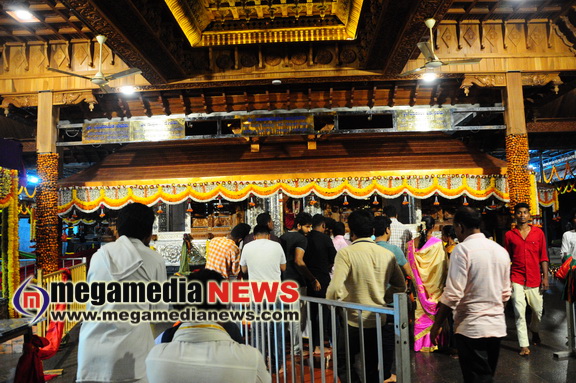 Mangaluru : Polali Sri Rajarajeshwari temple Brahmakalashotsava festival to be concluded on March 13. The last 8 days thousands of devotees thronged to seek blessings from Godess Rajarajeshwari.
Mangaluru : Polali Sri Rajarajeshwari temple Brahmakalashotsava festival to be concluded on March 13. The last 8 days thousands of devotees thronged to seek blessings from Godess Rajarajeshwari.
On Brahmmakalashotsava days no special sevas or poojas conducted in the temple. All the ten days only Kalashabhisheka and Paratisha rituals performed.
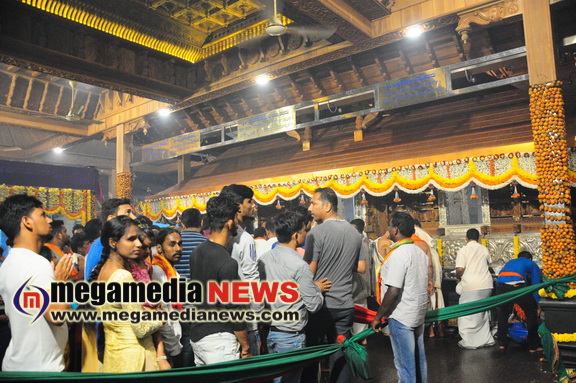 The restoration has been done really beautifull, keeping in mind the local tradition and architecture. On the significance of temple, this is the earliest temple of Tulu Nadu based on inscription records.
The restoration has been done really beautifull, keeping in mind the local tradition and architecture. On the significance of temple, this is the earliest temple of Tulu Nadu based on inscription records.
The highlight of this temple is its mud idols and this is probably the only idol of this size (about 9ft height) in Karnataka. Other than the presiding deity Rajarajeshwari – two other idols Bhadrakali on the left (may be bigger than the presiding deity in height) and Lord Subrahmanya and Ganesha are on the right hand side. In total, more than 20 mud idols of different sizes are found inside the temple. “Since all the idols are made of mud – the sanctum sanctorum will remain intact (cannot be rebuilt). There is a practice of reconstructing the entire temple, but in this case it is not possible because the idols are attached to the wall.
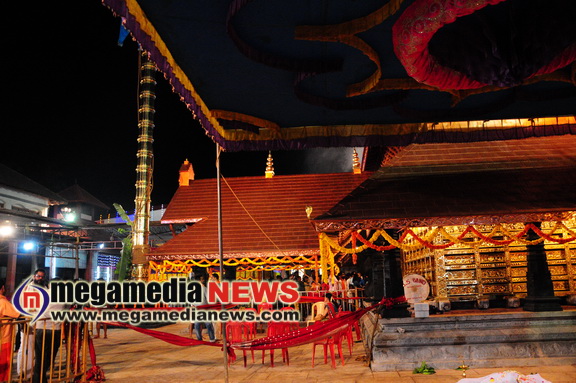 In goddess-oriented sect of Hinduism, the worship of ‘Saptamatrikas’ (group of mother goddess) is significant and Goddess Rajarajeshwari is considered to be a form of Saptamatrikas. The temple has been a centre of Saptamatrika worship and was patronised by the Alupas.
In goddess-oriented sect of Hinduism, the worship of ‘Saptamatrikas’ (group of mother goddess) is significant and Goddess Rajarajeshwari is considered to be a form of Saptamatrikas. The temple has been a centre of Saptamatrika worship and was patronised by the Alupas.
Polali is an historical place and at least 15 inscriptions have been recorded in and around the region. In 2017, a 900-year-old Kananda inscription was found on the left hand side of the sanctum sanctorum of the temple. Polali was also a great political centre during the Alupa period and leaders such as Keladi Chennamma, Hyder Ali and Jayachamarajendra Wadiyar of Mysuru and many ancient travellers had visited the town.
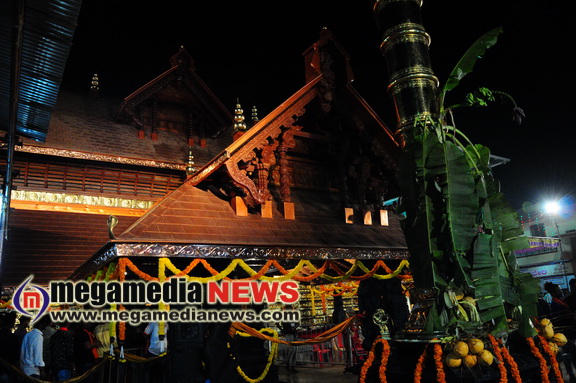 Generally, when Brahmakalashotsava is observed it is often referred to Ashta Bandha, but in this case, it is called Lepa Ashtabanda. In most temples when Bramhakalashotsava is held, the idol is removed, and rituals are conducted on the peeta (seat) and the idol is re-established on the seat. Ashta Bandha means eight varieties of items are used and then the idol is placed. In this case, since the idol cannot be shifted, mud and some natural colours have been smeared around the idol.
Generally, when Brahmakalashotsava is observed it is often referred to Ashta Bandha, but in this case, it is called Lepa Ashtabanda. In most temples when Bramhakalashotsava is held, the idol is removed, and rituals are conducted on the peeta (seat) and the idol is re-established on the seat. Ashta Bandha means eight varieties of items are used and then the idol is placed. In this case, since the idol cannot be shifted, mud and some natural colours have been smeared around the idol.
Simillar Posts
Warning: count(): Parameter must be an array or an object that implements Countable in /home/megamcaq/public_html/wp-content/plugins/post-plugin-library/common_functions.php on line 357
- None Found
Leave a Reply
© Copyright 2008 www.megamedianews.com All Rights Reserved.
Privacy Policy








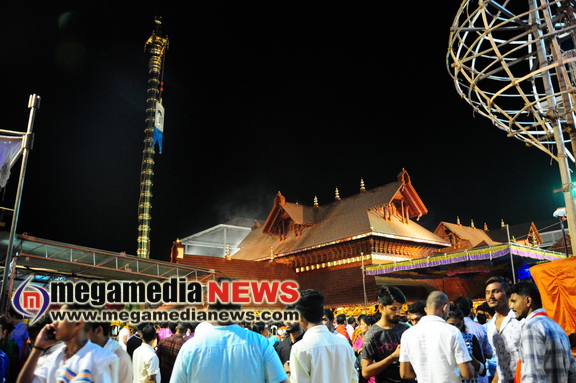
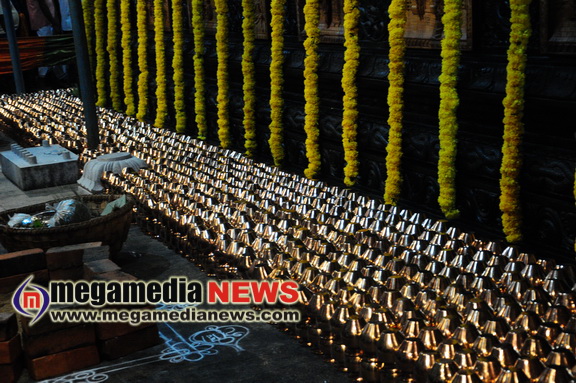
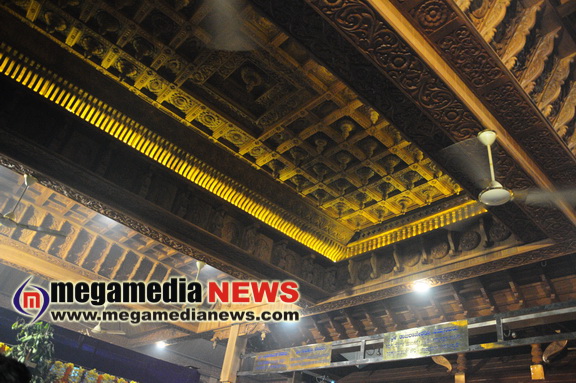
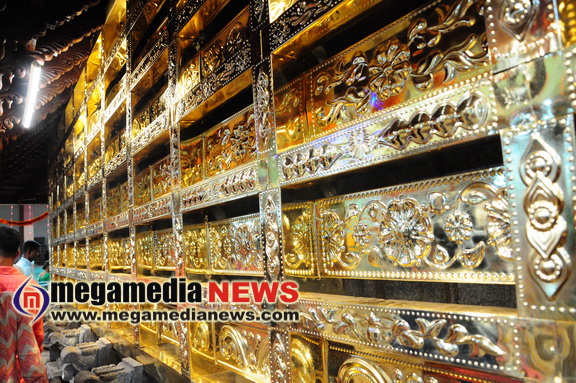
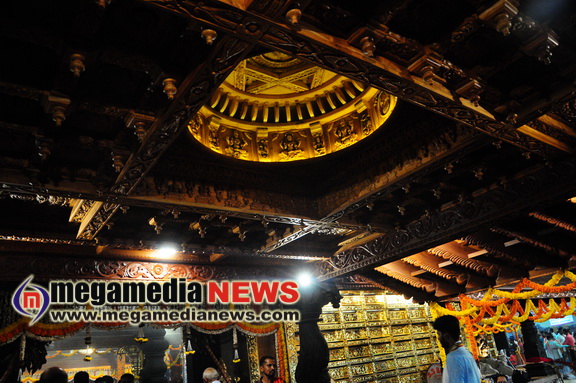
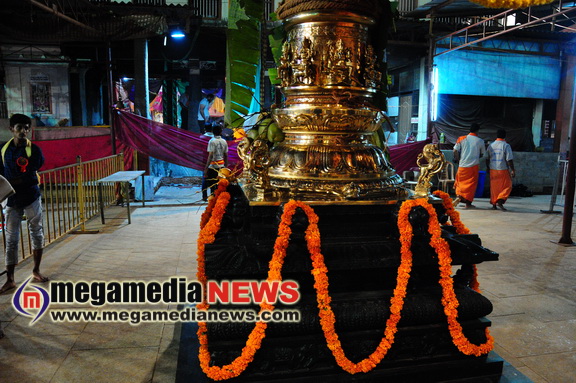
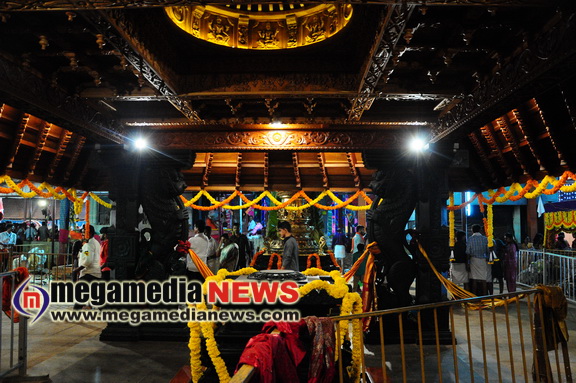
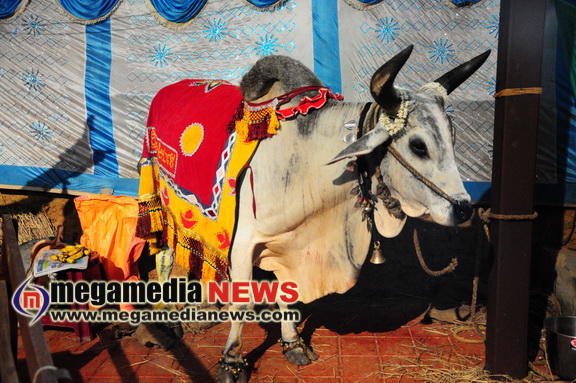

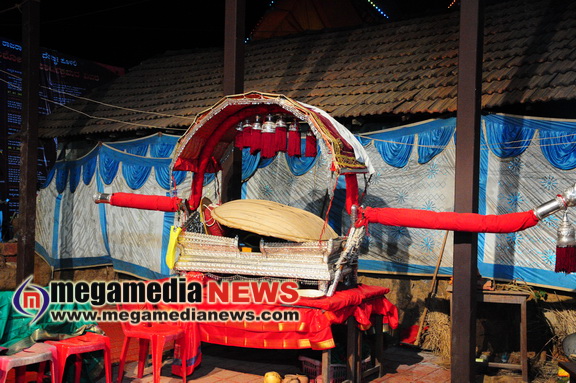
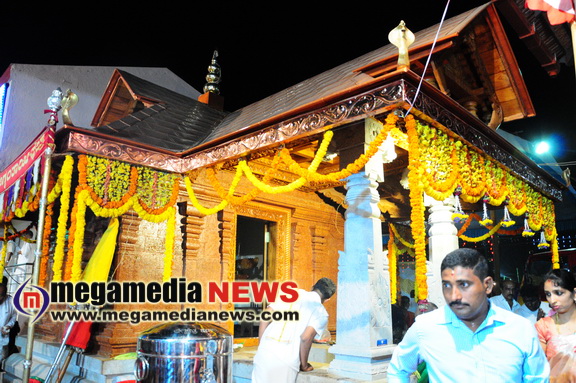
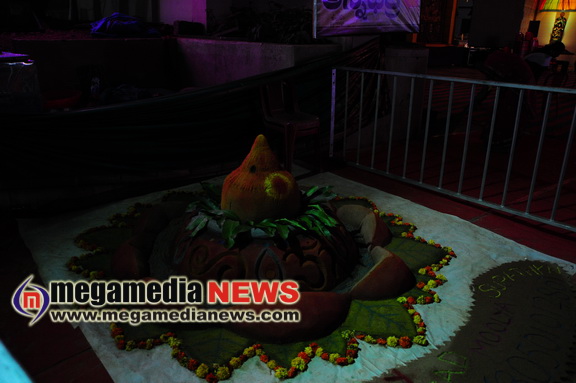
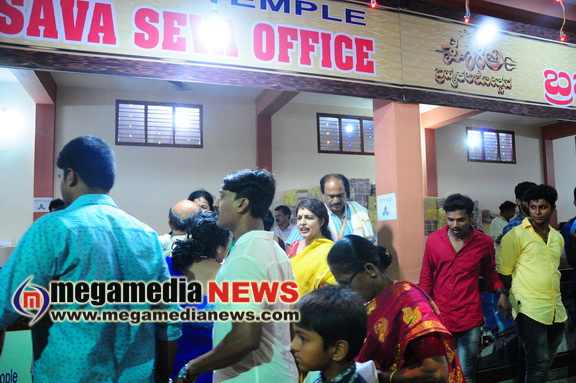
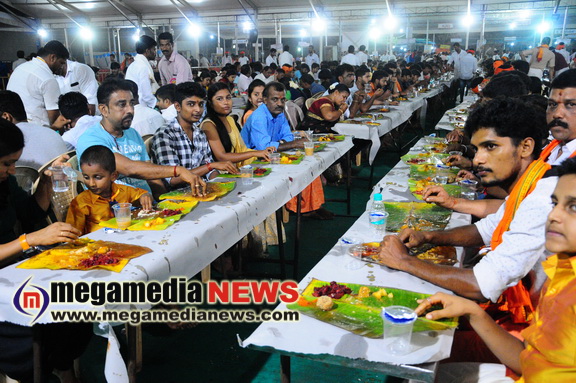
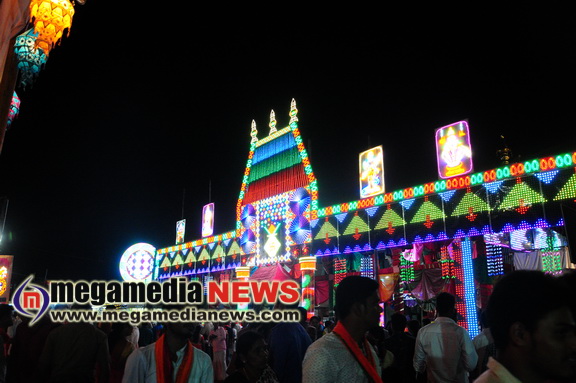
 Posted in
Posted in  Tags:
Tags: 



